Uncanny X-Men, Part 2: Early Guest Appearances (1964-65), Uncanny X-Men #21-23 and X-Men: First Class Volume I (2006)
While I was travelling, I loaded a bunch of X-Men comics onto my phone for the airports. I haven’t stopped reading and I started blogging about my reread in Part I two weeks ago, which covered X-Men #1 (Nov, 1963) to X-Men #20 (May, 1966). It’s been a lot of fun, with not too many cringey moments.
This second post, I’m continuing my reading, but altering the experience a bit. I’m not just going to include the core X-Men series. I think I would like to try reading the stories in the chronology that Marvel sort of had in mind for each story.
So I’m going to start including guest appearances and cross-overs and later series that added history to this period. So this post will cover Strange Tales #120, Fantastic Four #28, Tales of Suspense #49, Journey Into Mystery #109, and X-Men issues #21-23, all of which were published between 1963 and 1966, and Volume I of X-Men: First Class, which was published in 2006-2007, but whose events occur before X-Men #24. I hope this ride is not too disorienting for you or me!
[Click the images for X-Men sized versions.]
The first X-Men guest appearance I could find was when Iceman and the Human Torch met in Strange Tales #120. About the same age and temperament, they both coincidentally wind up on the same Manhattan cruise, Johnny with a date, Bobby without, when pirates arrive to do a mass mugging. The pirates are quite clever at counteracting the powers of Iceman and the Human Torch, but the guys are similarly clever and it’s a fun, very Kirby-esque story.
Iceman and the Torch meet again in Fantastic Four #28, with the rest of their respective teams. I’ve never been enthusiastic about the Fantastic Four, other than a dozen Byrne issues, but I really enjoyed FF #28. I often feel that the original X-Men are under-powered and this was even mentioned by Cyclops in early Claremont era, but I was delighted that the world’s strangest teens held their own against the FF.
Two FF villains, the Thinker and Puppet Master get together to destroy the Fantastic Four by using Puppet Master to control Professor X and having him order the X-Men to capture the Fantastic Four. It’s fun, over-the-top, with twisty turns and great bunch of character moments.
Tales of Suspense #49, starring Iron Man and guest-starring Angel and the X-Men was a bit harder for me to get into. I love Ditko art on Spider-Man and Dr. Strange and some pre-FF Marvel sci-fi stories, but his art otherwise rubs me the wrong way. Also, Stan and Ditko began the story with a ludicrous premise – a nuclear test blast in New York changes Angel into a villain.
After that rough take off though, I enjoyed seeing Angel as a villain and how he could out fly and out maneuver early silver Age Iron Man, whose 1964 armor was still pretty rudimentary. His boot jets that ran out of fuel and his transistor muscles could only do one or two heavy things. The middle and ending were satisfying and I appreciate Angel more now.
Journey Into Mystery #109 was a hoot. While not strictly an X-Men cross-over, Magneto fights Thor and the Brotherhood of Evil Mutants and the X-Men make appearances. I’d never read this story before, so reading a Stan and Jack Magneto story fresh in 2019 was pretty cool. Thor investigates some weirdness and finds a hidden base. Magneto doesn’t know Thor, and he was actually luring the X-Men here, but a fight ensues. It gets really fun when Thor doesn’t hold his hammer for 60 seconds and turns into Donald Blake and has to face Magneto’s death traps as a regular fella.
X-Men #20-23 were of middling enjoyment for me. In #20-21, the X-Men defeat Dominus and Lucifer, ending the possibility of an alien invasion. It had lots of twists and turns and traps. In #22-23, they fight Count Nefaria and some third string Iron Man villains like the Eel and the Unicorn. The stakes are overtly high (alien invasion and city in danger), but the villainous plots are so cartoony (like Hanna-Barbera or Republic serials) as to bleed the stories of impact. These are okay stories, but they don’t do anything interesting, even for the 1960s. In the interests of footnotes, this period was the hand-over from Stan Lee to Roy Thomas as writer.
But now we get to the most drastic of my reading order choices. Several later periods (the 90s, the 2000s) had X-Men stories set in this era and I want to try to read in story order. In 2006, Jeff Parker wrote and Roger Cruz drew X-Men: First Class, an 8-issue limited series with spectacular covers by Marko Djurdjevic. Marvel was aiming at high school and college students in the 1960s and had their hits and misses. X-Men: First Class is pretty clearly a young adult title so the tone shift isn’t just four decades of storytelling expertise.
Parker writes a series of one-shot gems, with interesting looks into smaller parts of the Marvel Universe, but most especially into what it’s like to be a teen growing up. The persecution theme is dialed way down and the stakes are often more personal, so each issue becomes a delight. Angel is recast as someone who has a hard time sitting inside. Jean is more of a big sister figure to Bobby. Beast is depicted far more as someone who has a hard time relating to others intellectually. At the same time, Professor X’s authoritarian outer style is shown to hide a remarkably sympathetic and empathetic core.
X-Men: First Class #2 has great character work. In Florida, Dr. Connors is the Lizard again, so Prof X, Beast and Angel search the swamp while Scott and Jean get some couple time at the beach. The Lizard may seem like a thematic stretch for the X-Men, but it’s a beautiful match for Beast, physically and intellectually and the ending is nearly Silver Age Adam Strange in its scientific neatness. The writing of the 60s wasn’t sophisticated enough to show us why Jean and Scott like each other. Jeff Parker is definitely up to the task. It’s a masterclasses in modern tight complete single issue stories.
Issue #3 is one of those fun, weird stories where people wake up and the world is different for the reader, but the characters only gradually realize something is wrong. Scott without glasses and Blob stealing Bobby’s pancakes for the win. And Jarvis!
Issue #4 features Dr. Strange. This is one of the weird things about reading stories written in different periods. Most of the Parker/Cruz series should happen between X-Men #23 and #24, but this issue depends on events that happen in X-Men #33. So, a bit of timey-whimy stuff going on, but that’s okay.
In X-Men #33-34 (which I should be able to reach in this blog in 4 weeks), Jean and Scott went to the dimension of Cyttorak to find something to defeat the Juggernaut. The X-Men need Dr. Strange in this issue because while Scott was in Cyttorak, his visor became haunted. It’s a great issue with beautiful psychedelic and surreal flourishes that are totally my jam.
There is a lot more to say about X-Men: First Class. It’s an excellent 8-issue series visiting a period of X-Men history that few modern readers would be able to know, or frankly appreciate — I know, I’ve read the original X-Men to my son.
Marvel did a Giant-Sized special of First Class and I guess everything sold well enough that Marvel green-lit Parker for a second X-Men: First Class, volume II, which I’ll cover in two weeks. After that, the reading order should have me back to looking at X-Men #24 and onward, possibly to the death of Professor X.
If you want to read along with me, Marvel Unlimited (like a Netflix for Marvel comics) has all these issues and pretty much everything is collected into trades. If you want to catch up on any of my other posts about the X-Men, they’re below:
- Part 0: A Fresh Look at X-Men Continuity: Ed Piskor’s Grand Design
- Part I: Introducing The Strangest Super-Team of All: Uncanny X-Men #1 (Nov 1963) to #20 (May 1966)
- Part II: Early Guest Appearances (1964-65), Uncanny X-Men #21-23 (1966), and X-Men: First Class Volume I (2006)
- Part III: X-Men: First Class, Volume II (2007) and First Class Finals
- Part IV: Uncanny X-Men #24-39: The Middle Years of the Original Team
- Part V: Uncanny X-Men #40-48: Death and Separation
- Part VI: Uncanny X-Men #49-53: Reunion and Family and Steranko
- Part VII: Uncanny X-Men #54-58 — Havok and Neal Adams
- Part VIII: Uncanny X-Men #59-66: The Savage Land and the End of the Silver Age X-Men
- Part IX: Filling in the Corners of the Original X-Men with Savage Hulk #1-4
- Part X: John Byrne’s The Hidden Years #1-4
- Part XI: Storm, the FF and Phoenix in John Byrne’s The Hidden Years
- Part XII: X-Men Guest Appearances in 1971-1972 and Hank gets Furry!
- Part XIII: Englehart’s Bronze Age Monster Horror – The Beast
- Part XIV: 1973 and 1974 – Magneto, the Hulk, Banshee and post-Watergate Captain America
- Part XV: 1974 and 1975 – The Last Tales of the Original X-Men
- Part XVI: Enter Wein, Claremont and Cockrum in 1975
- Part XVII: 1976 — Sentinels in Space and the Rise of Phoenix
- Part XVIII: Juggernaut and Magneto — For the Very First Time
- Part XIX: Phoenix, Firelord and the Imperial Guard
- Part XX: Iron Fist, Blame Canada and Some Strike-Outs
- Part XXI: Epic Magneto Triumph and more X-Men Death!
- Part XXII: 1978 — The Savage Land, Japan and Psionic Throwback Thursday!
- Part XXIII: 1979 — Chaos in Canada with Alpha Flight!
- Part XXIV: Arcade, Murderworld and their First King-Sized Annual
- Part XXV: The Proteus Saga and My First Comics!
Derek Künsken writes science fiction in Gatineau, Québec. His first novel, The Quantum Magician, a space opera heist, was a finalist for the Locus, Aurora and Chinese Nebula awards. Its sequel, The Quantum Garden is on sale now. He has work upcoming in the March/April issues of both Asimov’s Magazine and Analog Science Fiction and Fact. He also writes the webcomic Briarworld with artist partner Wendy Muldon, which is available to read for free on your phone here.
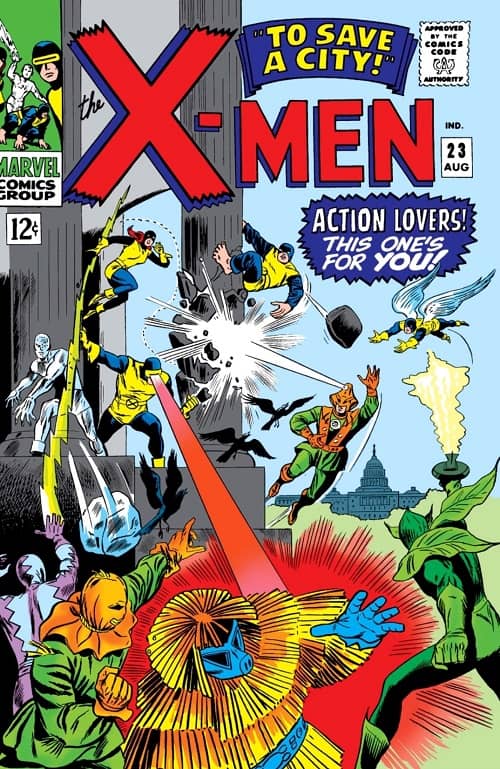
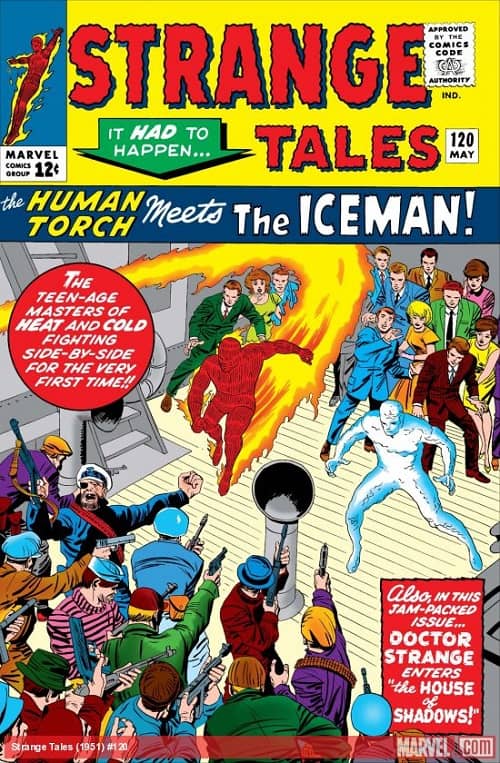
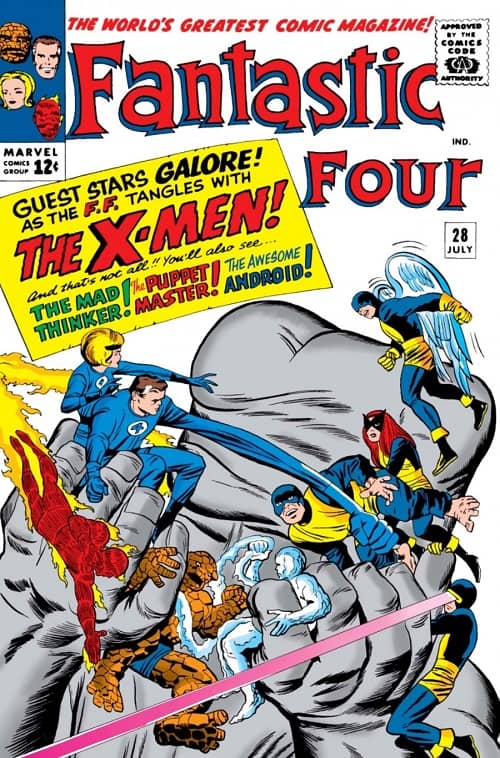
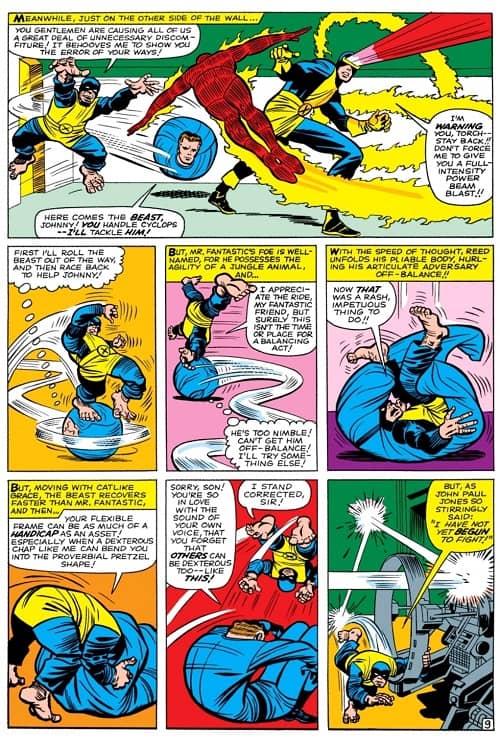
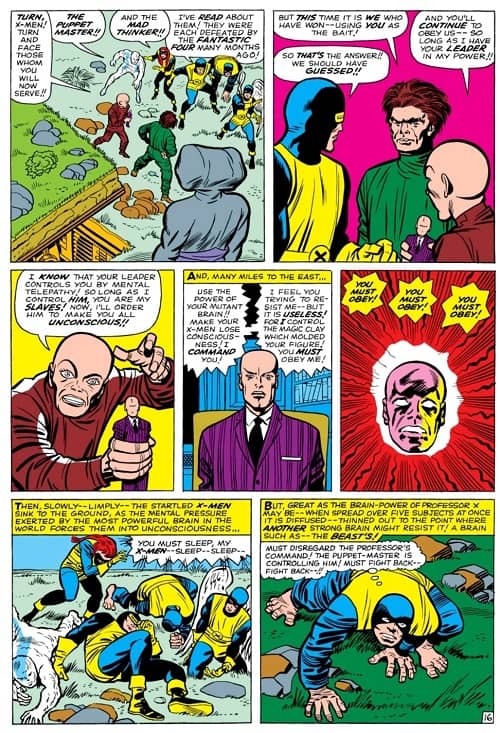
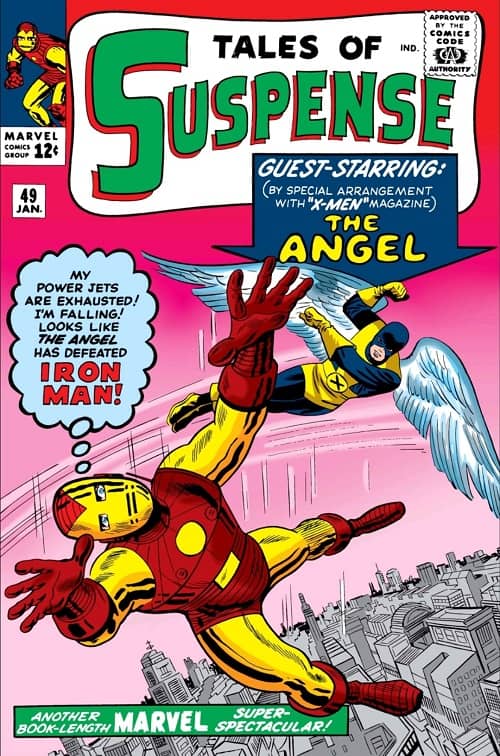
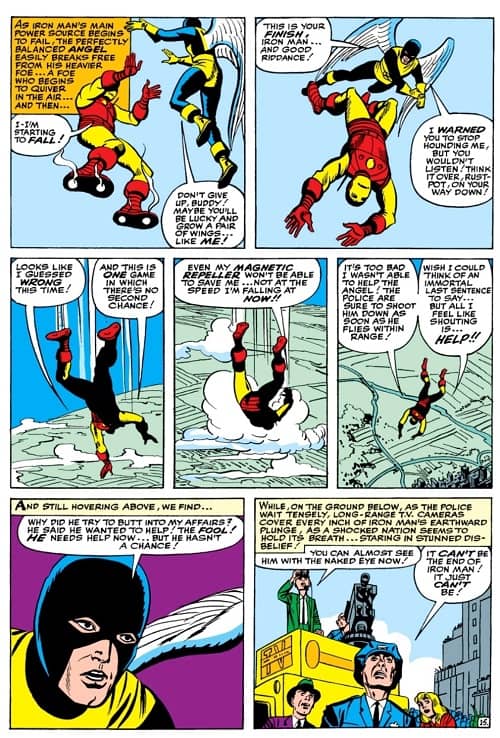
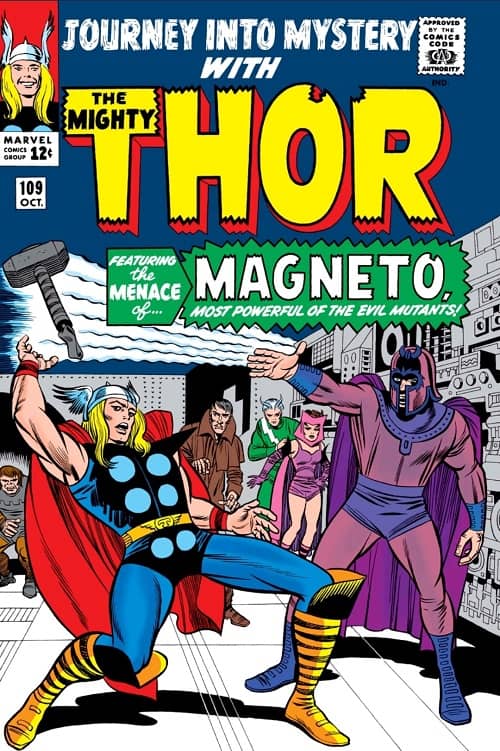
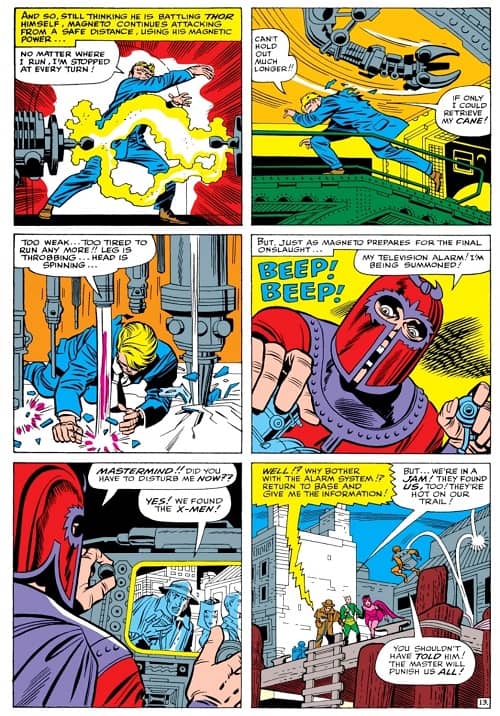
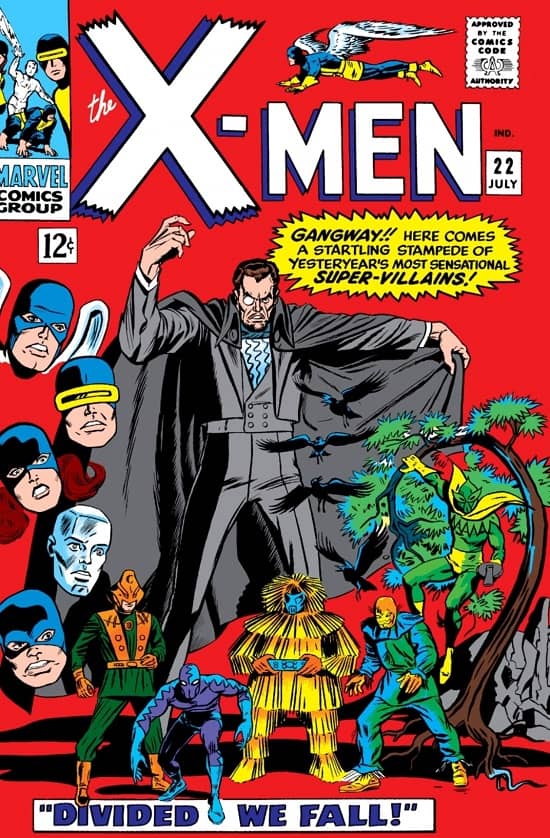
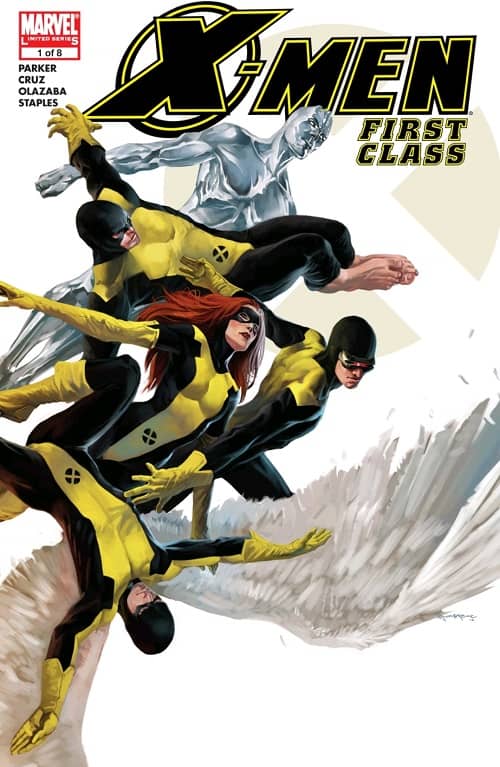
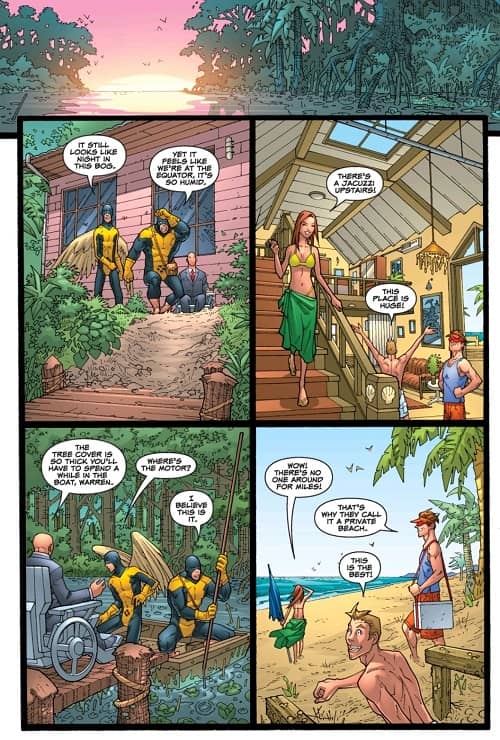
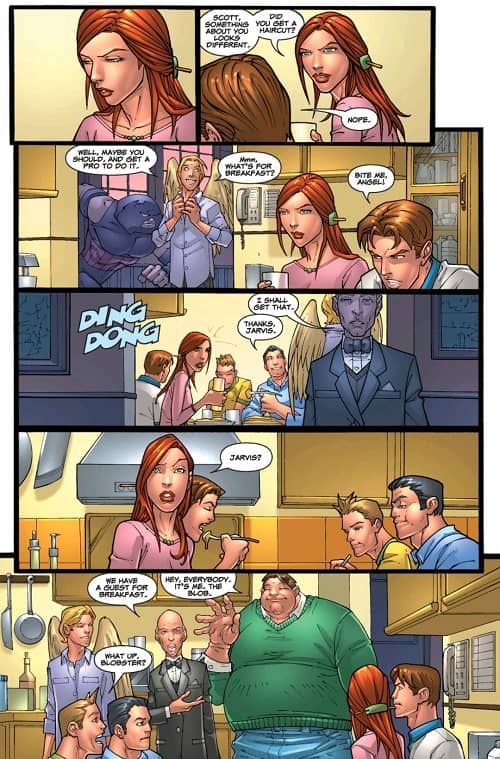
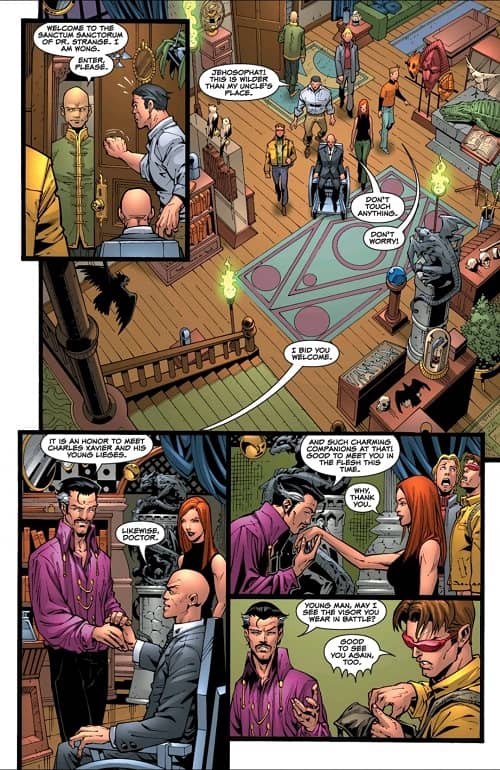
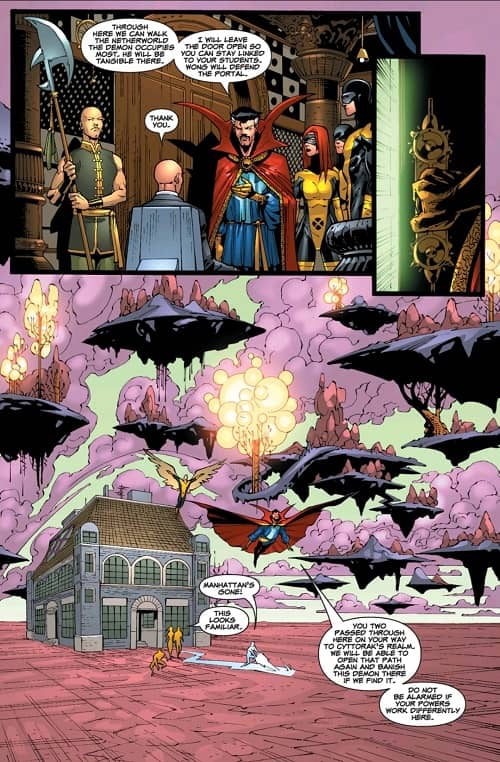
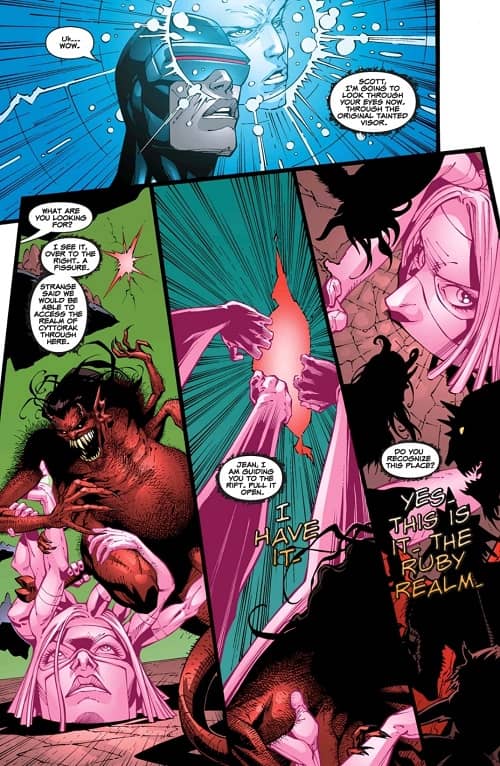
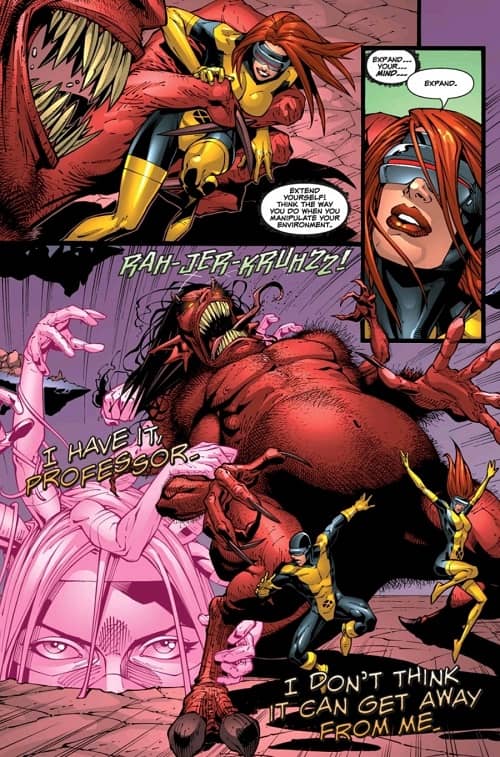
I skipped all the x men between 15-56 except for the juggernaut appearances. You’re the first reviewer I’ve seen view these issues in a positive light.
Haha. Claremont’s run was my golden age of comics, and so the original X-Men were like my platinum age, which may mean I come to them with slightly rose-colored glasses. Your mileage may vary.